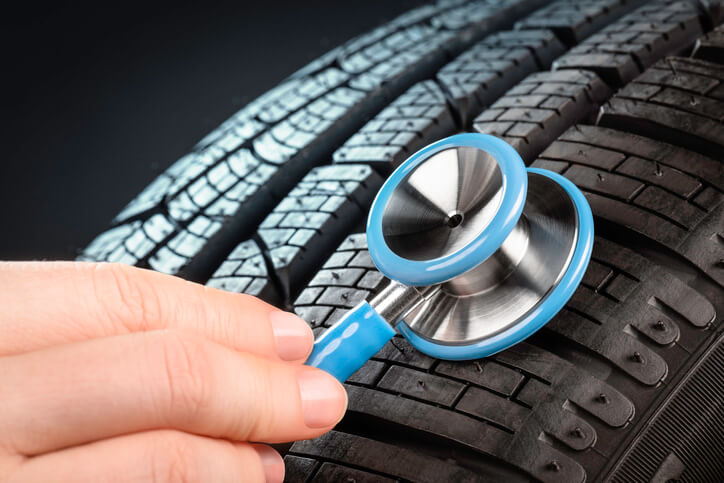Automotive safety and maintenance are intertwined in various ways. Many drivers consider safety on a personal level, assuming that proper driving skills and habits will always keep them safe. Many of these drivers also think about regular maintenance in the financial context of avoiding costly breakdowns and repairs. With accident prevention at the heart of automotive safety, drivers need to understand how proper maintenance can keep them and their passengers safe on the road.
There are three practical levels of automotive maintenance, and the first consists of the automaker’s recommendations found in the owner’s manual. If you drive a traditional fuel-powered vehicle or a plug-in hybrid, the first maintenance item in the manual is invariably an oil change. If you drive an electric vehicle (EV), the first item is usually tire rotation. The second level consists of replacing and rebuilding parts to keep the vehicle in optimal condition well past its warranty period and average lifespan. The third level of maintenance involves recommended habits drivers should adopt to prevent accidents and road emergencies.
With the above in mind, let’s review a few maintenance items that can help you avoid road traffic accidents.
Tire Pressure and Tread Condition
Whether vehicles are powered by an internal combustion engine or an electric motor, they still feature four parts that are in constant contact with the road surface. When it comes to tires, their proper function, inflation, and tread condition are crucial to preventing accidents. Function refers to the type; ideally, you should drive on all-season tires, but you should consider winter or snow tires when temperatures drop below 40°F.
Many modern cars, trucks, and SUVs feature sensors that display tire inflation readings on the instrument panel or infotainment screen. Don’t ignore this information, particularly when it correlates with the temperature forecast. You can always use a tire gauge to measure tire inflation and adjust it according to the manufacturer’s recommendations; this gives you a chance to inspect the tread for damage and wear.
Brake System Maintenance
Anti-lock braking technology goes a long way in improving road safety; nonetheless, it is only as good as the condition of the brake system. Worn pads, low fluid levels, and spongy brake pedals can reduce your stopping distance, potentially increasing collision risks. Always heed the owner’s manual recommendation for brake service, which should be more frequent if you drive over 14,000 annual miles. If you drive for Uber or other digital platforms frequently, you should get your brakes checked every six weeks.
Your Lights, Windshield, and Mirrors
Good drivers always adjust their mirrors, but how often do you check their condition? A cracked or damaged mirror can distort your view and create a blind spot. Regularly cleaning all mirrors is important for optimal visibility, and we can say the same about the windshield. Most oil changes and tire services these days include replacing the windshield wipers and refilling their fluid; however, it is up to you to do it more often for extra safety.
Exterior lighting is another key element of road visibility. You don’t want to take your headlights, brake lights, and turn signals for granted until they fail. Checking your exterior lights is a great habit to combine with routine tire pressure and tread checks. As with mirrors, you should check functionality, overall condition, cleanliness, and brightness.
Wheel Alignment and Suspension System
After ensuring that your tire pressure and tread condition are optimal, you should check how the wheels align. Many manuals recommend wheel alignments after 12,000 miles, but you should get one done earlier if the vehicle pulls to either side or if the tires are wearing out unevenly.
The suspension system does more than absorb bumps; it also keeps the wheels firmly pressed on the road surface. You should never skip a suspension system inspection when the owner’s manual recommends it. Remember that you should check the suspension sooner if you go off-road frequently.

